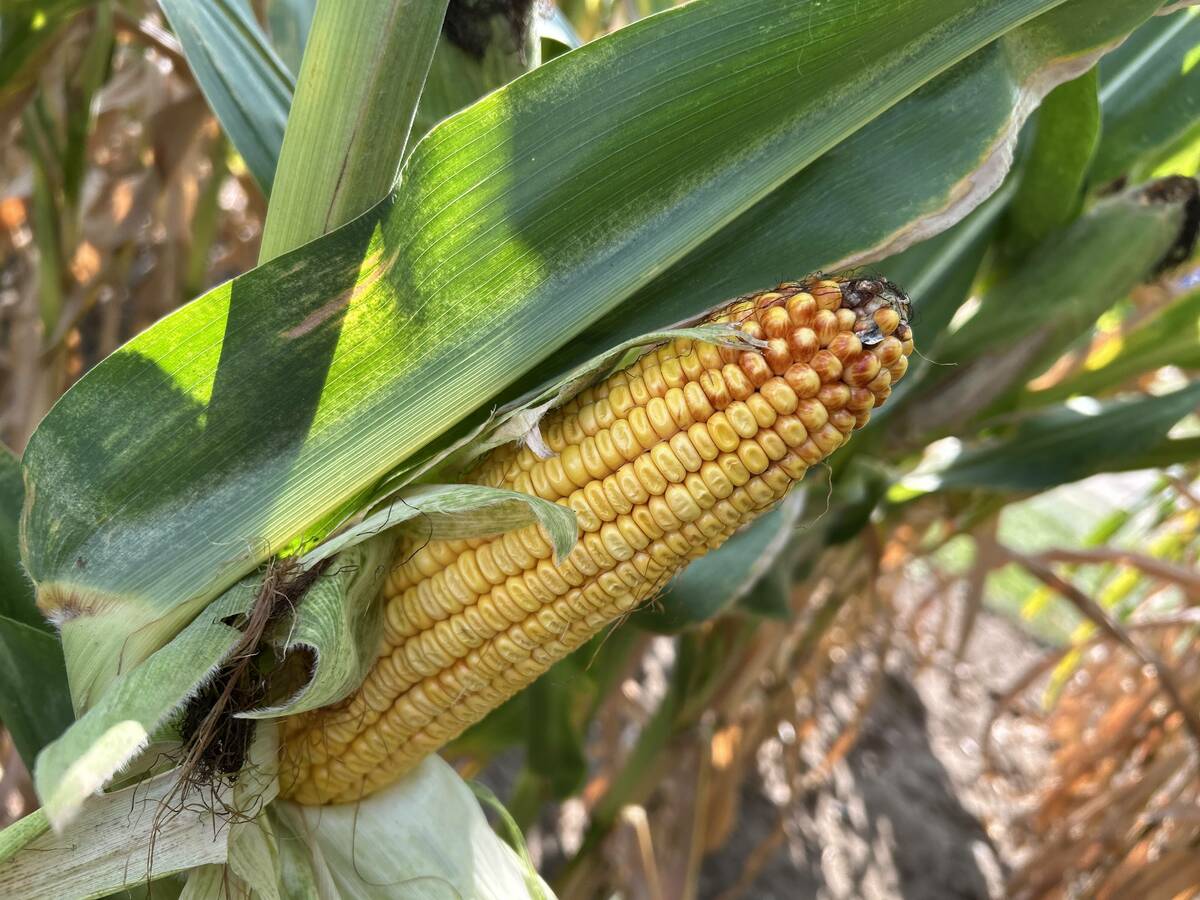American wheat prices that are higher than those on the international market are impeding U.S. exports.
The United States had exported about 10 million tonnes of wheat as of Nov. 12, which is about halfway through the U.S. marketing year that begins June 1. That’s about 42 percent of the country’s expected total for the year.
Last year at the same time, it had exported more than 15 million tonnes, or about 55 percent of the expected total.
The U.S. is mostly struggling with its hard and soft red winter wheat, which competes against cheap product from the Black Sea and France. Hard spring wheat exports are down only a little.
Read Also

Crop estimates show mixed results
Model-based estimates used by Statistics Canada showed the 2025/26 crop year has seen increases in canola, corn for grain, oats and lentils production while seeing dips in spring wheat, durum wheat, soybeans and barley in comparison to 2024/25.
The stronger hard spring wheat market also shows up in Canada’s export figures. Wheat exports, excluding durum, total 4.025 million tonnes, up from 3.674 million at the same time last year.
If U.S. winter wheat exports remain slow, the U.S. Department of Agriculture will have to revise its year end stocks forecast higher, which would put downward pressure on wheat futures.
Low cost Black Sea competition could also have longer-term implications.
Ten years ago the countries of the former Soviet Union (FSU) produced 63 million tonnes of wheat and exported five million. Last year they produced almost 111 million tonnes and exported 35 million.
Mike Smith of the Scoular Company noted this growth when addressing farmers at the Agri-Trend Farm Forum Event in Saskatoon last week.
“It is not the best wheat, but it is cheap and people buy the cheap stuff,” he said.
Competition from the FSU is contributing to changes in Kansas, America’s top wheat producer. Smith said more profitable corn is taking acres from wheat in areas where there is enough moisture or irrigation.
Corn harvested area in Kansas has almost doubled to 3.87 million acres over the last 15 years.
Winter wheat area has dropped to 8.8 million acres from 11 million during the same period.
That trend is reinforced by a second factor. From 1990 to 2007, average U.S. corn yields rose by almost 1.8 percent a year, while wheat was nearly static.
It is not hard to see why a coalition of wheat industry players in the U.S., Canada and Australia have asked the big biotech seed companies to turn their efforts toward wheat to try to boost yields.














